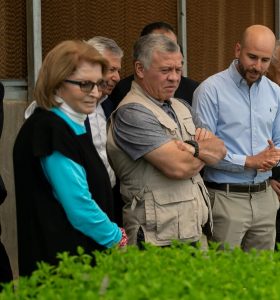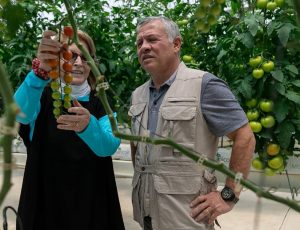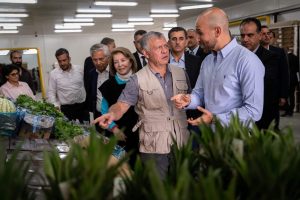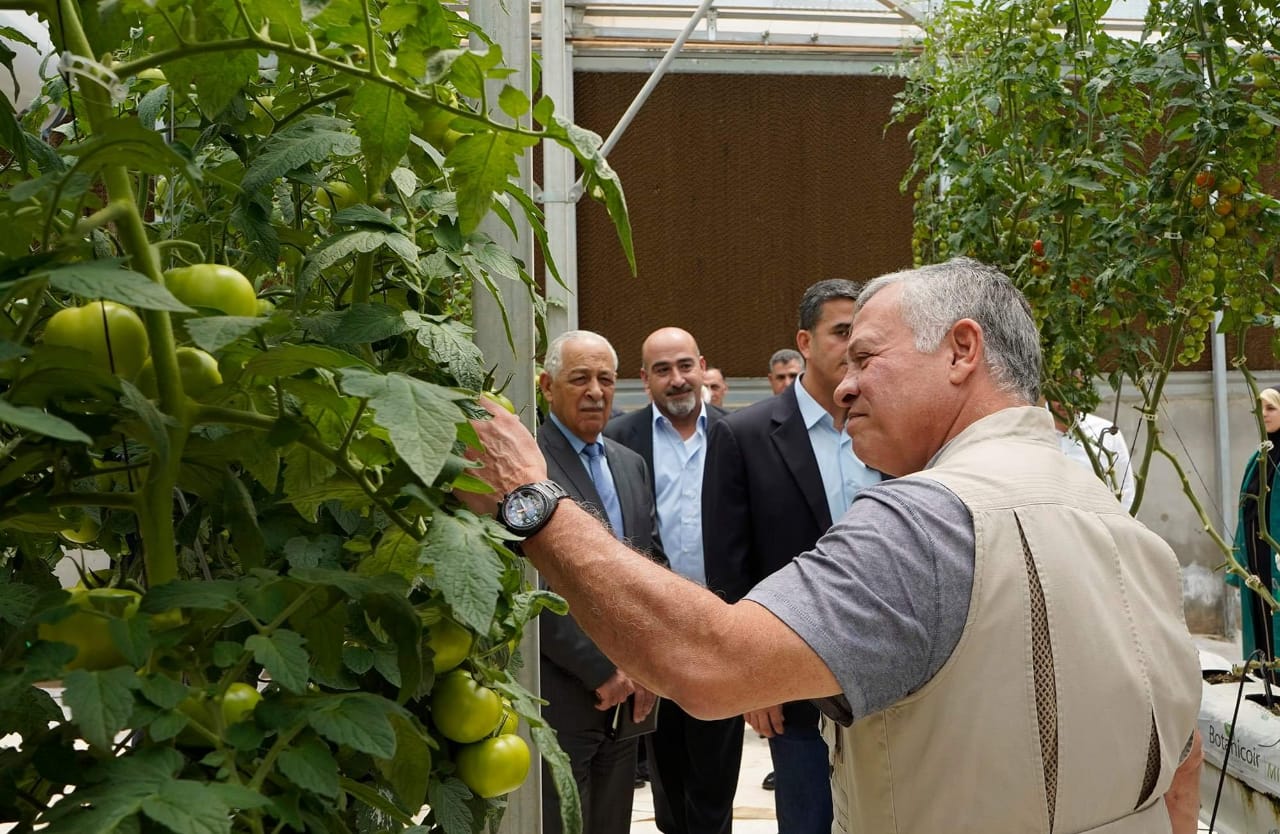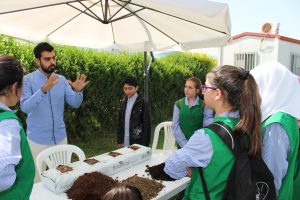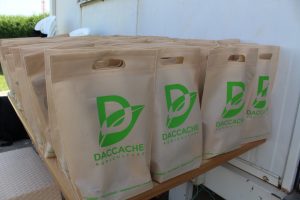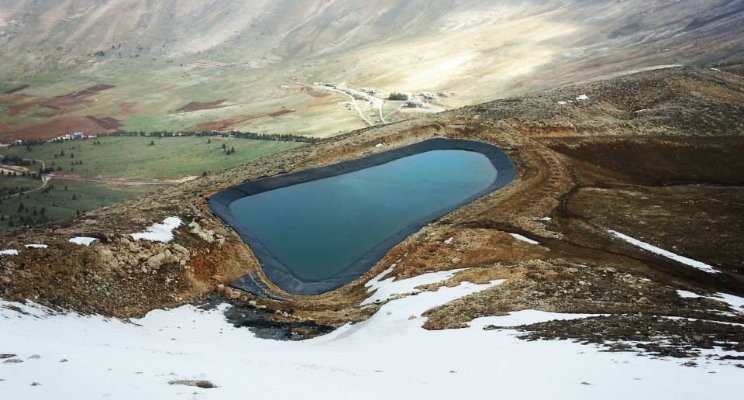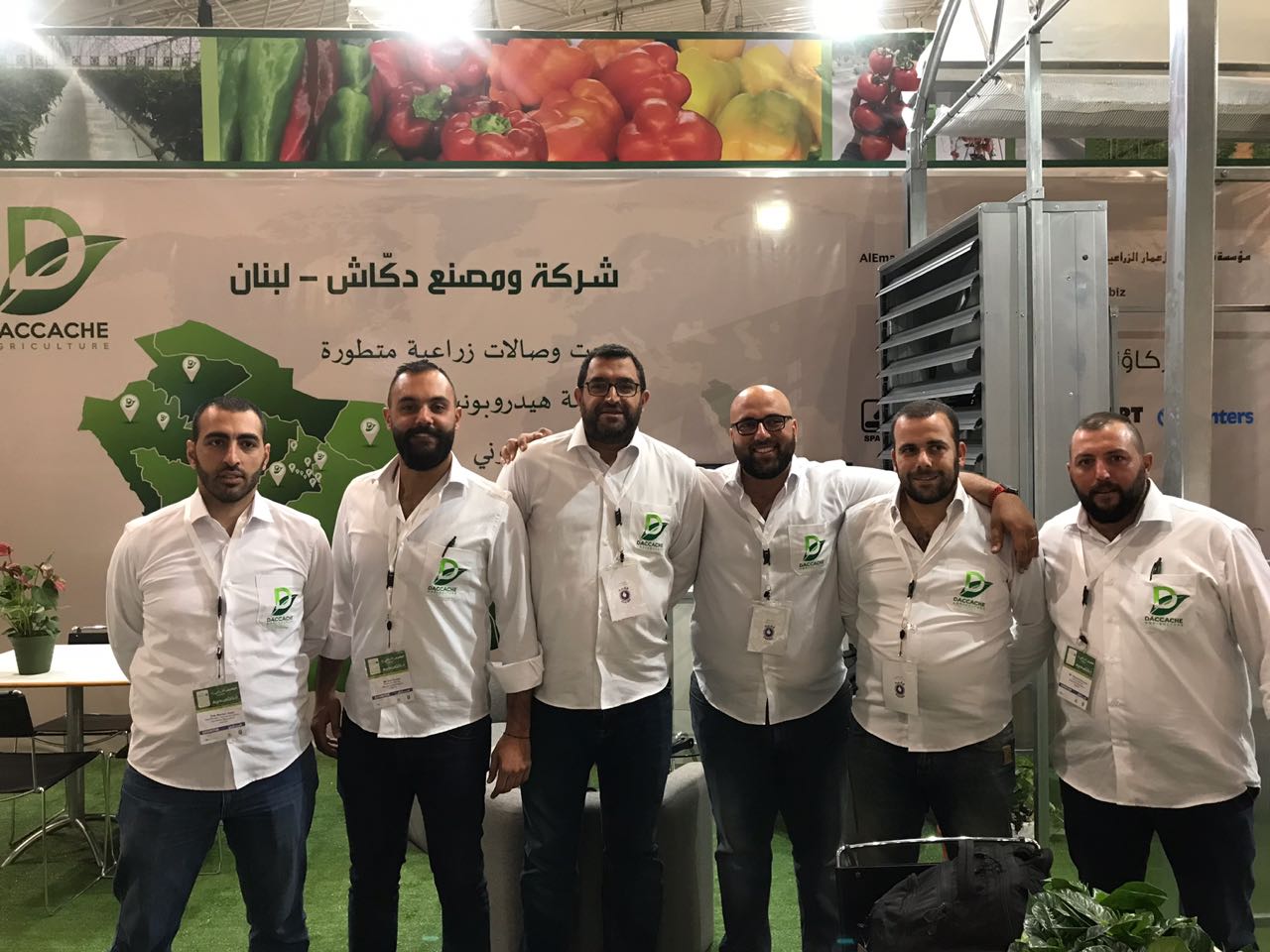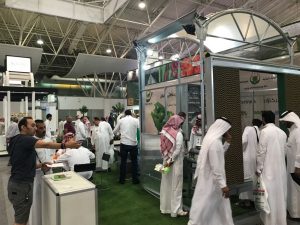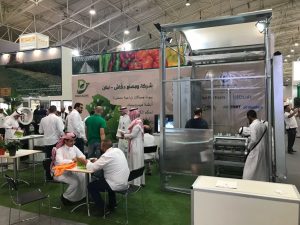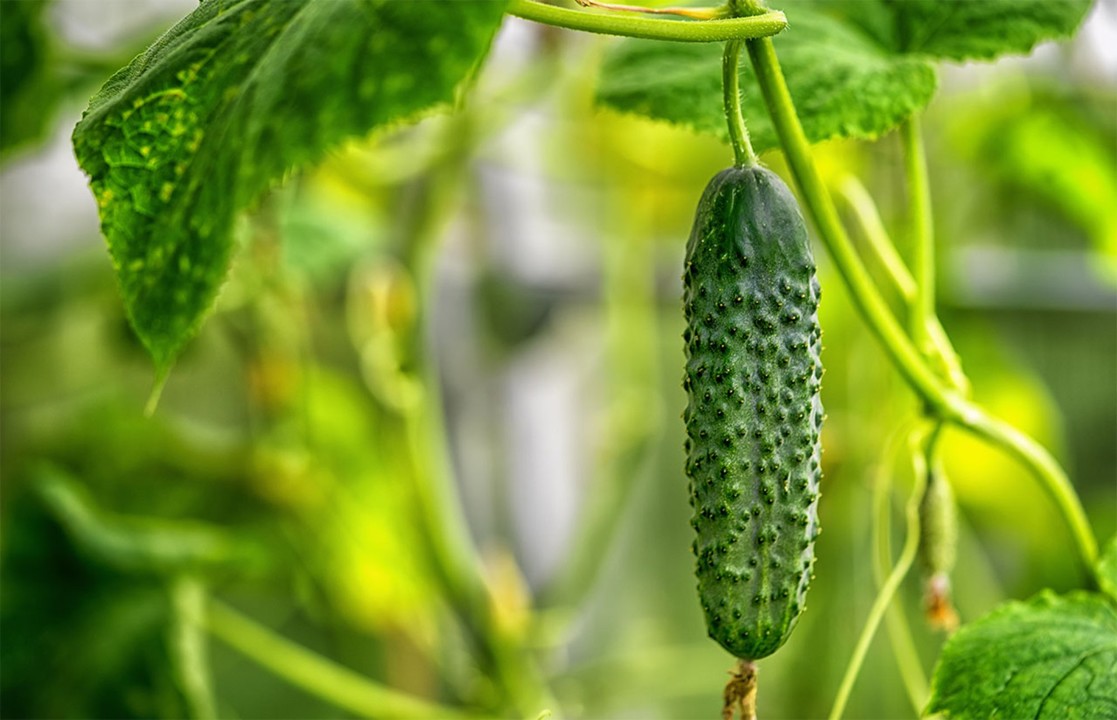The story goes back to the Roman era, where the gardeners used artificial methods of growing cucumber for a daily usage on the Roman Emperor Tiberius’ table.
According to Pliny, the Romans grew cucumbers in wheeled carts which were put in the sun daily, then taken inside and covered either with oiled cloth or with sheets of selenite to keep warm at night.
In the 15th century and after the Roman’s cucumbers, the Korean planted mandarin orange trees in traditional Korean greenhouses designed to regulate the temperature and humidity requirement by using the Ondol system.
The first practical greenhouse invented by Charles Lucien Bonaparte in Leiden, Holland, used to grow medical and tropical plants during the 1800s.
Greenhouses architectural design continued to change as technology produced better glass and construction techniques improved in Europe during the 17th century.
The hanger for green-fingered exotic rarities fulminated in the Victorian era, the largest glass-houses yet conceived were constructed, enabling growers and gardeners to elegantly and efficiently extend the season at both ends and grow fabulous flowers, fruit, and vegetables.
The competition between the upper class and aspiring botanists has pushed the Italians to invent the earliest modern greenhouses to house their precious exotic plants brought to Italy by intrepid explorers.
In the 20th century, various types of greenhouses had appeared especially when the polyethylene film became widely available, several companies started to build the hoop house that adopts the geodesic dome structure, and sometimes the growers made these hoop houses by themselves. This resulted in unleashing the greenhouses concept as a statement of wealth aristocracy to be constructed in smaller farms and garden centers. The polyethylene film durability increased with the development of UV-inhibitors in the 1970s; which extended the usable life of the film from one to two years up to three and eventually four or more.
The gutter-connected greenhouses became more prevalent in the 1990s. They have two or more bays connected by a common wall or row of support posts; heating inputs reduced as the ratio of floor area to exterior wall area has been increased substantially.
Now the gutter-connected greenhouse is commonly used in production and planting crops; they are covered with structured polycarbonate materials or a double layer of polyethylene film with air blown in between to provide efficient heating.
In the Middle East, Daccache agriculture uses the latest technologies in producing and installing all types of greenhouses from small single tunnels to the most certified full equipped Multi-span.

